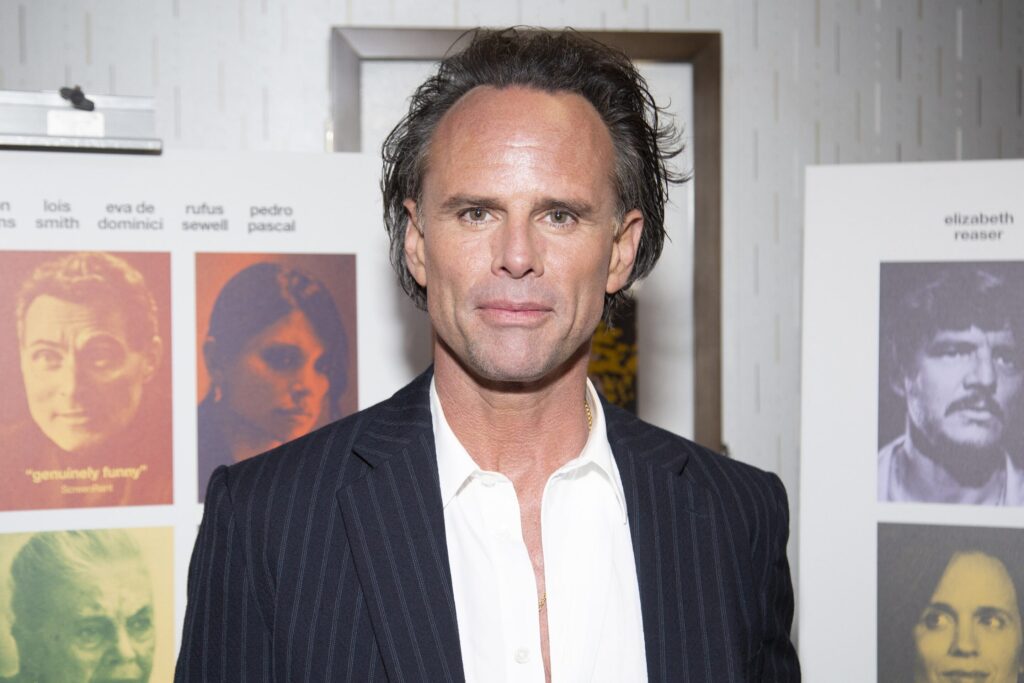AT SOME POINT in their lives, roughly 80 per cent of men and nearly 50 per cent of women will be affected by androgenetic alopecia – more commonly known as pattern baldness. But despite the ubiquity of the condition, there are very few solutions that come with zero downsides, standing in stark contrast to other maladies like obesity and impotence, which have effectively been made optional by pharmacological breakthroughs like Ozempic and Viagra.
For decades, the hair loss industry has orbited the same non-optimal solutions. There’s minoxidil, but to unlock its benefits, you need to rub it into your scalp twice a day, every day, until you decide that maybe losing your hair isn’t all that bad. There’s also a minoxidil pill, of course, but that can come with the rather unpleasant side effects of dizziness and heart palpitations. Then there’s finasteride, which carries roughly the same level of effectiveness but comes with another undesirable tag-along – the risk of erectile dysfunction. Dutasteride is more potent, but just as inimical to erections. No thanks. Hair transplants, meanwhile, are the buzzy hair loss fix of the moment, but they don’t come cheap. Plus, they often require you to hop on a plane to get them. Personally, we’d prefer to use our annual leave elsewhere.
And yet somehow, in the face of such grossly unappealing solutions, the simpler ones – wigs, dyes, toupées and hair plugs – are even less popular. The stigmas surrounding them would have you think they’re more embarrassing than simply going bald. Truly, to much of the male populace, wearing a wig is anathema to the masculine ego.
In any case, no currently available treatment works for everyone. What’s more, none of them can actually do one pretty important thing: regrow hair in places it has already been lost. But that may not be the case for much longer.

When you lose hair, your follicles don’t just disappear. They gradually shrink, becoming thinner and shorter until they go dormant and stop producing hair. The most common countermeasures, minoxidil and finasteride, aim to aid your follicles before they go dormant. Minoxidil increases blood flow, finasteride blocks testosterone conversion. Neither of them can revive follicles once they’re already dormant.
Enter PP405, a more ambitious drug developed by Pelage Pharmaceuticals which, unlike other commonly used hair loss drugs, doesn’t just preserve existing hair, but aims to regrow dead spots by reviving stem cells. Here’s the kicker: it does it without side effects.
In 2023, the first human-safety trials for PP405 began, aiming to determine whether or not it produced any unwanted side effects. 16 participants applied a PP405 gel to their scalps every night for a week. No side effects were reported. A bigger trial followed in 2024 with 78 men and women. Once again, no negative side effects were reported.
These trials were designed to test safety rather than efficacy. Participants only used the drug for four weeks, and minoxidil and finasteride usually take at least six months to start showing results. Still, some participants had already started growing hair by the end of the trial. 31 per cent of men with advanced baldness saw their hair density increase by 20 per cent or more after eight weeks.

Those results have made investors optimistic. Pelage Pharmaceuticals have raised close to $50 million AUD in funding so far, providing the cash needed to continue with testing. We’re still a long way from seeing PP405 on supermarket shelves, however. The next phase of trials are set to begin in 2026 and will need to prove that the compound is both safe and effective on a larger scale. If all goes well then, pending regulatory approval, we could see it hit the market within three years.
That timeframe might seem like a lifetime away for some of our thinning readers. But for the first time in decades, there is hope that baldness could become a thing of the past.















